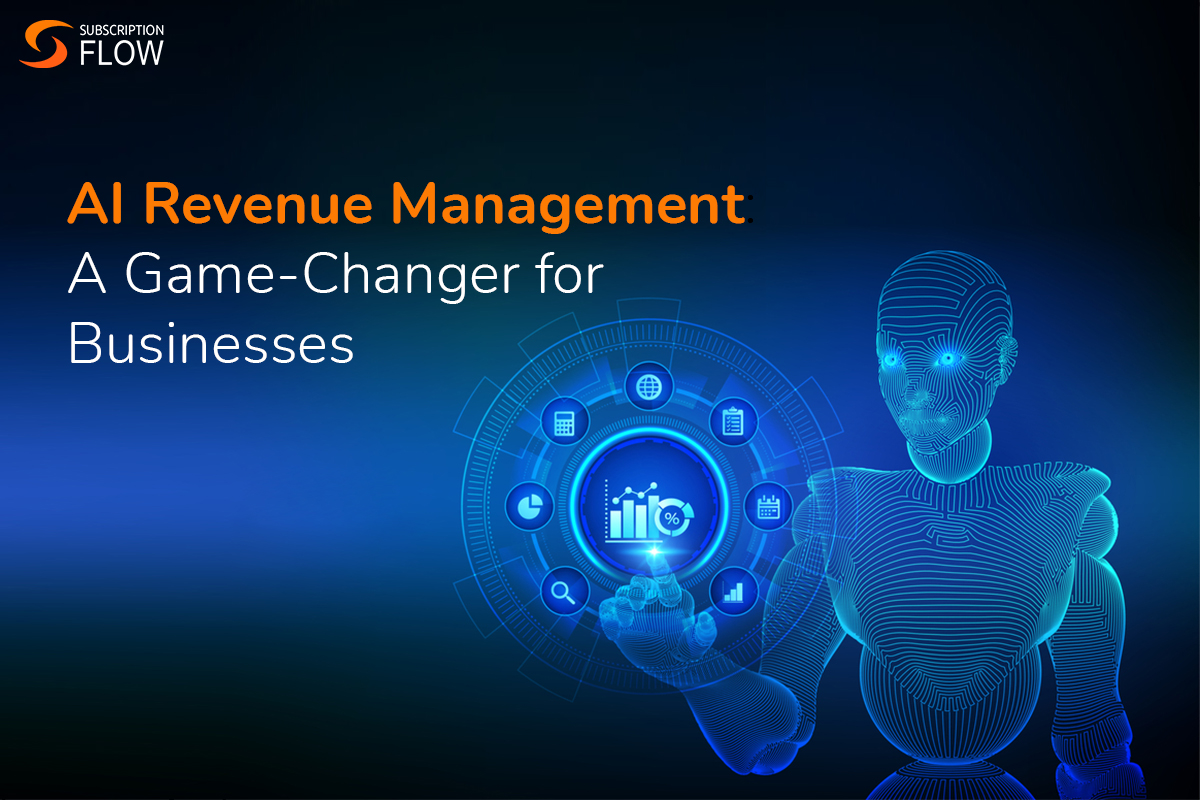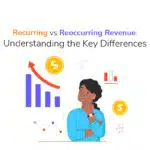
AI Revenue Management: A Game-Changer for Businesses
Artificial Intelligence (AI) has taken the business tech world by storm and its impacts are far-reaching. While many associate AI with chatbots for customer support, it has become a game-changer for businesses by revolutionizing revenue management.
Leveraging the power of big data, AI, and machine learning has allowed businesses to accurately forecast supply and demand, optimize marketing strategies, offer stellar executive support, and optimize pricing and inventory in real time. In this article, we’ll explore many ways AI is changing the game for revenue management and how your business can benefit from it.
Revenue Management
Revenue management is as complex as it is critical to the success of a business. To borrow from Max Wang, Senior Director of Data Science at CubeSmart, effective revenue management encapsulates, “selling the right product, to the right people, at the right time, for the right price, to generate the maximum revenue.”
The Power of AI Revenue Management
AI revenue management is a process of using machine learning algorithms and statistical models to analyze data and make informed decisions. AI revenue management systems analyze large volumes of data, including historical sales data, market trends, and consumer behaviour, to predict demand and optimize prices in real-time. They can also incorporate external data sources such as weather forecasts, local events, and travel trends to make more accurate predictions.
Big data can be thought of as an oracle containing all the ways to optimize revenue management and power business growth. An International Data Corporation (IDC) report shows a 24.7% increase in spending on compute and storage infrastructure products for cloud deployments in 2022. All this data carries endless potential, to supply business solutions when utilized the right way.
The Benefits of AI Revenue Management
AI-powered revenue cycle management has many facets including optimized pricing, accurate forecasting of both supply and demand, executive support for successful goal setting, and much more. Let’s get into the nitty-gritty of it.
1. Demand Forecasting
Accurate demand forecasting optimizes inventory by predicting demand and ensuring that businesses have enough inventory to meet their demand. This avoids stock outs, impeding revenue growth, as well as overstocking with heavy associated storage costs.
Accurate forecasting of demand necessitates the collection of data on pricing, consumer behaviour, availability of products, and competition. By also collecting third-party data on income, lifestyle, etc. you can truly get a clear picture of your product/service demand. AI and ML are well-developed to handle the technical challenges of seasonality, segmentation, and trend detection among others.
2. Real-time Pricing Optimization
Pricing your product and service right is at the heart of revenue management. Traditional revenue management systems rely on historical data to make pricing decisions, which can be slow and inflexible.
The implementation of AI revenue management, on the other hand, can analyze data in real time, allowing businesses to adjust prices dynamically as demand changes. This real-time optimization helps businesses ensure their pricing is optimized to maximize revenue.
Four factors need to be extracted from the data i.e., supply, demand, price elasticity of demand, and a metric to track performance. Constraints, such as not knowing the true demand for a commodity that sells out and is no longer available to be purchased, do exist during this process. The choice of KPI to track also varies from industry to industry.
AI and ML level out human bias and ensure that your company neither undercharges, leading to revenue leakage, nor overcharges, leading to low customer acquisition, for the products and services it offers.
3. Supply Forecasting
Fed with diverse data, AI and ML algorithms can predict supply for the future based on product availability trends through data modeling and regression. AI can even facilitate complex scenarios of supply prediction where product availability is not as straightforward such as abandoned self-storage lockers without prior intimation.
4. Executive Support
Executives can lean generously on AI and ML to set revenue goals, conduct A/B testing, and harvest the full potential of Business Intelligence (BI) tech. For example, if an executive in the payments space is looking to optimize failed payment recovery, they can use AI to set the best day of the week and time of day for payment retry strategies to tip the odds in your company’s favor.
5. Marketing Strategies
Big data is very helpful in strategizing your marketing endeavors and offering promotions. This can facilitate the cutting of costs associated with paid promotion when the organic demand in that area is already bringing in sufficient business.
6. Promotion Management and Account Expansion
Data-driven product recommendations and a guided sales funnel i.e., customization of which landing page each customer segment lands on you can effectively drive sales and maximize revenue drive with AI and ML tools.
Artificial intelligence also equips revenue growth through account expansion by highlighting opportunities for upselling/upgrading and cross-selling/product bundling. In the case of airlines, this may take the form of overbooking strategies.
7. Improved Customer Retention and LTV
Focusing on retention and customer lifetime value (LTV) is a tried-and-tested strategy to unlock scalable growth. Machine learning algorithms that segment customers based on entirely customizable health metrics allow subscription businesses to effectively deflect churn and improve retention. In this way, the revenue lost to churn is prevented.
Moreover, ensuring accurate pricing, sufficient stock, and smooth customer service experiences through natural language processing (NLP) chat boxes such as ChatGPT increases your customer LTV from a smooth and pleasurable customer experience and builds your brand. The result? A boosted bottom line.
SubscriptionFlow: AI Revenue Management Tools
SubscriptionFlow, an all-inclusive subscription management system empowers your business with cutting-edge revenue and growth management tools that utilize machine learning algorithms to segment users for targeted intervention. By tracking trial usage, lead conversions, and customer churn among other key metrics, the software helps deflect churn and also supports executives with detailed and custom data analytics and reporting.
Subscription businesses are also empowered to integrate with Snowflake, a leading cloud-based data warehouse that enables the analysis of huge volumes of data without requiring the rigid, expensive, and slow on-premise data-computing infrastructure. Snowflake paired with our subscription management platform, facilitates data-driven decision-making at each step of the revenue cycle.
Conclusion
Leveraging the power of big data, AI, and machine learning has allowed businesses to accurately forecast supply and demand, optimize marketing strategies, offer executive support, and optimize pricing and inventory in real time. In all these ways and more, businesses can stream their revenue operations and grow their bottom line.










